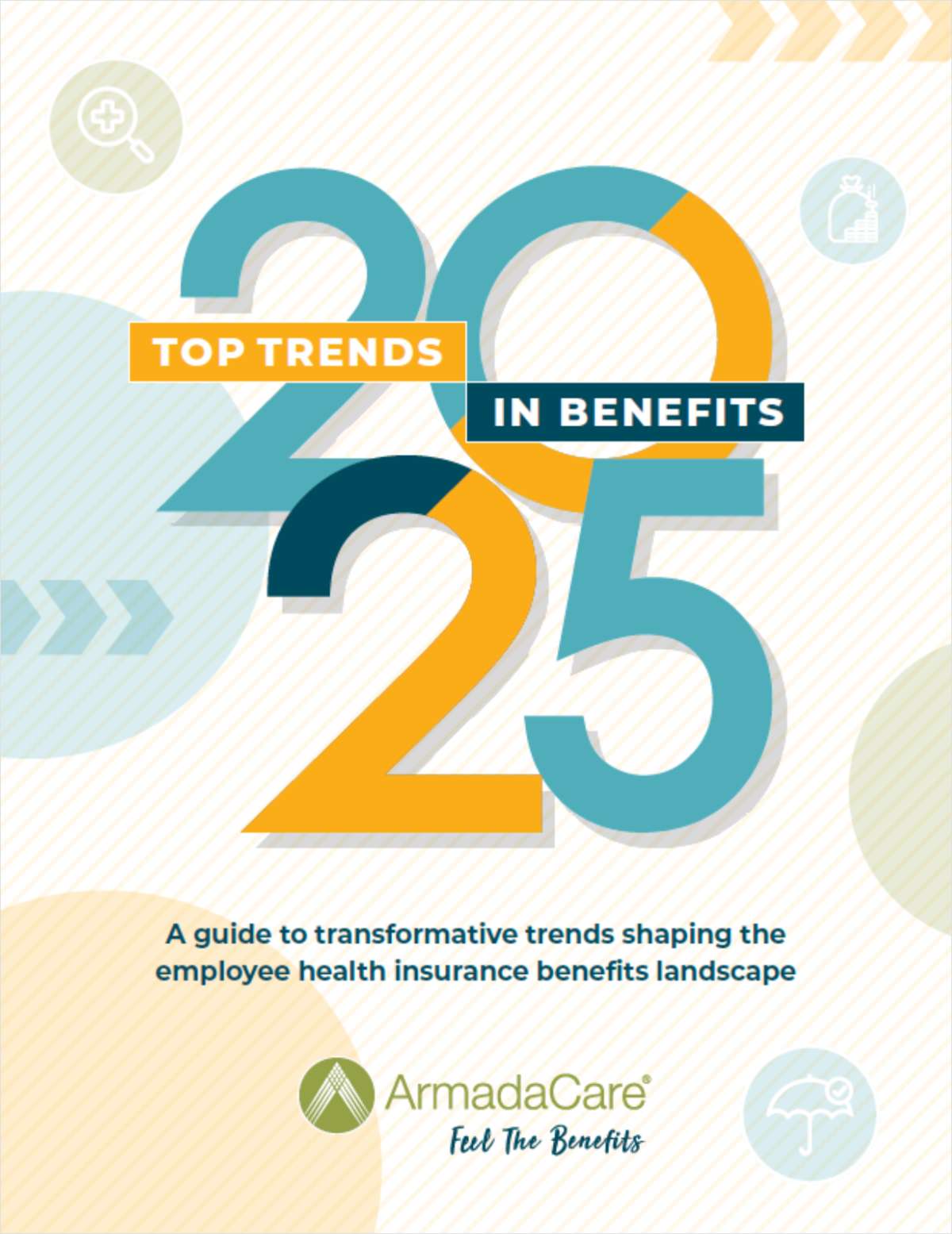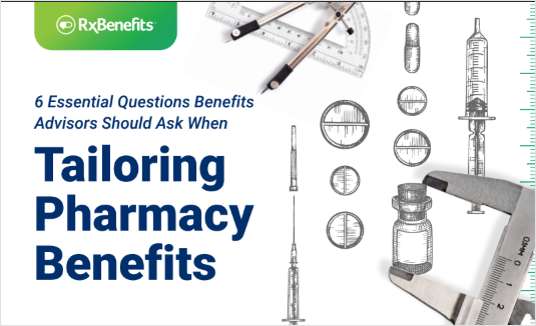People with private health insurance coverage have better access to primary care providers than do their counterparts who are covered by Medicaid and Medicare.
But the generally accepted notion that the latter patients frequently go to emergency rooms for non-emergency treatment due to a lack of understanding about receiving treatment simply isn't true. Easier access, not “differences in patient-perceived acuity for patients covered by Medicaid [and Medicare] insurance,” is responsible for this well-documented trend.
So say University of Colorado School of Medicine researchers who crunched data on 4,606 patients gathered during the 2011 National Health Interview Survey.
The researchers dug into the data to look for evidence that supported the notion that Medicaid and Medicare patients simply don't know enough about the health care delivery system to seek out primary care services rather than running to the emergency room of the local hospital for routine care.
What they found was that the Medicaid/Medicare patients could not get a hold of a primary care practitioner when they needed routine human body maintenance. Either they didn't get responses to their attempts to set up appointments, or they faced such a narrow range of treatment options that a visit to the ER was the only logical choice.
The researchers looked at data for two categories of patients: “those who used the emergency department because they felt they needed to get immediate medical care [i.e. true emergencies] and those who used the emergency department because they had trouble accessing care elsewhere.”
Here's what they reported:
“Relative to those with private insurance, adults with Medicaid and Medicare were similarly likely to seek emergency care due to an acuity issue. Adults with Medicaid and those with Medicaid and Medicare (i.e., dual eligible) were more likely than those with private insurance to seek emergency care because of access issues. Reasons for seeking care in an emergency department by health insurance type may be driven more by lack of access to alternate care, rather than by differences in patient-perceived acuity for patients covered by Medicaid insurance.”
Culling the data, the researchers said that Medicaid beneficiaries in particular “often mention the inability to get a hold of their primary care providers, get a return phone call or a same day appointment when needed.”
“There is a misconception that patients with Medicaid insurance are more likely to use emergency rooms for a non-urgent issue when compared with those who have private insurance,” said Dr. Roberta Capp, who led the study. “Medicine is complex and patients, no matter what insurance they have, are not always able to determine what is urgent or not urgent.”
Researchers recommended that health care policymakers “should focus on increasing timely access to primary care, especially for Medicaid beneficiaries. Improved care coordination between patients and emergency providers is also necessary to reduce emergency department utilization. With the implementation of the Affordable Care Act, millions of new patients will be enrolled in Medicaid and added to an already overburdened primary care system.”
|Complete your profile to continue reading and get FREE access to BenefitsPRO, part of your ALM digital membership.
Your access to unlimited BenefitsPRO content isn’t changing.
Once you are an ALM digital member, you’ll receive:
- Breaking benefits news and analysis, on-site and via our newsletters and custom alerts
- Educational webcasts, white papers, and ebooks from industry thought leaders
- Critical converage of the property casualty insurance and financial advisory markets on our other ALM sites, PropertyCasualty360 and ThinkAdvisor
Already have an account? Sign In Now
© 2025 ALM Global, LLC, All Rights Reserved. Request academic re-use from www.copyright.com. All other uses, submit a request to [email protected]. For more information visit Asset & Logo Licensing.








